Metal PCB Manufacturer & Supplier
WellPCB manufactures metal core PCBs (MCPCBs) for high-power electronics, LED systems, and automotive modules. All metal core PCB prototypes and production builds are finished with OSP, HASL, or ENIG surface treatments and pass full AOI, X-ray, and impedance inspection.
- Metal core thickness from 0.4 to 3.2mm; copper weights from 0.33 to 10 oz.
- Supports copper, aluminium, copper-aluminium composite, stainless steel, and iron with dielectric thermal conductivity up to 15 W/m·K.
- Rapid prototyping and volume production with all builds 100% tested.

ISO9001 ISO13485
ISO14001

IATF
16949

IPC-A-610H International
Certification

Fully Automated
AOI Inspection
- PCB Manufacturer
- Metal
Introduction to Metal Core PCBs
WellPCB is a specialized metal core PCB manufacturer providing engineered solutions for applications with elevated thermal loads. We fabricate single-layer, double-sided, and multilayer MCPCBs with stackups optimized for heat dissipation, dielectric isolation, and copper trace integrity using aluminum, copper, and hybrid metal core materials.
Our metal core PCB manufacturing process supports copper, aluminium, copper-aluminium composite, stainless steel, and iron paired with thermally conductive dielectric materials rated up to 15 W/m·K, enabling efficient heat transfer from high-power components. Available specifications include metal core thickness from 0.4 to 3.2mm and copper weights from 0.33 to 10 oz to meet diverse thermal and electrical requirements.
Each MCPCB undergoes full AOI, X-ray inspection, electrical testing, and impedance verification to ensure dimensional and electrical conformity. From metal core PCB prototype runs to scaled production, we offer comprehensive PCB design and assembly process review to maintain consistency and manufacturability across all orders.
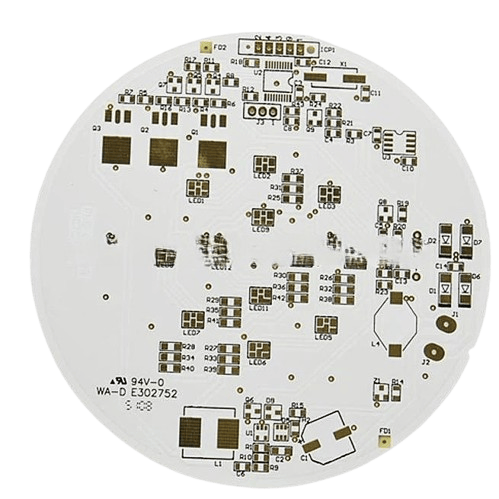
Our Metal Core PCB
Service Capabilities
We offer copper, aluminium, copper-aluminium composite, stainless steel, and iron as metal core PCB materials, each selected based on thermal conductivity, mechanical strength, and chemical compatibility.
Aluminum is used in ~85% of MCPCB builds due to its conductivity range of 1.0 to 2.2 W/m·K and low density (2.7 g/cm³), making it ideal for metal core PCB LED and general-purpose thermal designs.
Copper cores offer conductivity up to 4.0 W/m·K with higher tensile strength (210 MPa+) and are deployed in high-power PCBs, such as inverter modules and EV subsystems.
Steel and iron cores are selected where increased rigidity and resistance to deformation under load are needed, such as in vibration-exposed assemblies.
We fabricate single-layer, double-layer, and multilayer metal core PCBs using dielectric bonding and press lamination.
Single-sided MCPCBs consist of a copper trace layer, a thermally conductive dielectric, and a solid metal core optimized for vertical heat evacuation.
Double-sided builds use high thermal conductivity dielectric (≥2 W/m·K) on both sides of the metal substrate, allowing plated through-hole (PTH) connectivity for top/bottom side SMD assembly.
Multilayer MCPCBs use stacked copper and dielectric layers over the core, with blind/buried vias, ground/power planes, and isolation barriers, supporting high-frequency PCBs and high-density RF modules.
We offer metal core thicknesses from 0.4 to 3.2mm, depending on the required mechanical rigidity and heat transfer mass.
Copper foil thickness ranges from 0.33 oz (12 μm) to 10 oz (350 μm), supporting trace widths from 0.15 mm with aspect ratios up to 10:1. Dielectric materials are applied in 50 to 125 μm layers using filled or unfilled resin systems with thermal conductivity from 1.0 to 15 W/m·K.
Minimum line/space resolution is 3 mil/3 mil with ±10% trace width tolerance after etching.
Fabrication begins with DFM review and stack-up simulation, including thermal path modeling and expansion coefficient balancing.
Circuit imaging uses UV photoresist exposure in ISO Class 7 cleanrooms. Etching is performed with alkaline or acidic chemistries, depending on copper weight.
Mechanical or laser drilling enables via diameters down to 0.2 mm; for metal-backed PCBs, insulating collars are applied to prevent shorting.
ENIG, OSP, or HASL finishes are applied before full-panel AOI, flying probe, and impedance testing verify electrical performance.
We support industry-standard finishes including HASL (SnPb or lead-free), ENIG (Ni ≥120 μin, Au ≥2 μin), and OSP (ENTEK Plus HT).
Selective plating for high-wear pads and edge contacts is available on request. All finishes are RoHS compliant and conform to IPC-4552/4553 standards.
Surface treatments are selected based on final assembly method (e.g. reflow vs. wave soldering), component metallization, and storage duration.
Our engineering support includes metal core and dielectric material selection, via current analysis, and thermal modeling for localized hotspot mitigation.
We review all Gerber, BOM, and stack-up files for conformity with manufacturing tolerances and suggest DFM changes such as increasing annular rings, adjusting pad clearances for aluminum etching, and evaluating heat spreading efficiency.
Design rules are calibrated to IPC-2221 standards, with optional consultation for COB MCPCB design and direct thermal path optimization.
Every board undergoes 100% AOI, netlist-driven electrical testing, and visual inspection to IPC-A-610 Class 2 or 3.
For MCPCBs, we add X-ray inspection of insulated vias, microsection analysis of dielectric bond integrity, and impedance measurement on RF traces.
Boards with thermal vias are subjected to thermal shock cycling (-40 °C to +125 °C, 100 cycles) to evaluate solder joint reliability and expansion mismatch.
Why Choose WellPCB as
Your Metal Core Manufacturer?

18+ Years of Focused MCPCB Experience
Our team understands the stack-up, material behavior, and dielectric interface requirements that govern thermal and electrical reliability in metal core and metal backed PCBs.

Precision Testing and Inspection
We follow IPC-TM-650 test protocols and conduct thermal shock and solderability testing where needed for high-reliability environments.

Extensive Material Compatibility
In addition to aluminum and copper cores, we work with FR4, High Tg laminates, Rogers, and other high-frequency materials.
This enables us to build hybrid structures such as aluminum core with high-frequency top layers, accommodating thermal and signal integrity performance in one build.

Proactive Technical Support
Our engineering team provides stack-up reviews, thermal path optimization, and design for manufacturability feedback within 24 hours.
You’ll receive real-time updates through our 24/7 online platform and can consult with specialists on trace impedance, via design, and material selection before production begins.

Manufacturing Cost Efficiency

Scalable Production Capacity
Whether a metal core PCB prototype or a 10,000-unit batch, our dual-factory model supports fast changeover and volume flexibility.
We deliver single-layer aluminum PCBs in as fast as 48 hours and multilayer MCPCBs with HDI features in under 7 working days.
What are Metal Core PCBs?
Metal core PCBs (MCPCBs), also called thermal PCBs or metal-backed PCBs, are printed circuit boards with a solid metal substrate (aluminum, copper, or steel alloy) beneath the copper circuitry. A thermally conductive dielectric layer (100 to 300 μm) electrically isolates the traces while enabling efficient heat transfer into the metal base.
This structure improves thermal conductivity (1.0 to 4.0 W/m·K), reduces temperature rise in active areas, and provides better CTE alignment and mechanical rigidity than FR4 or CEM3 boards. MCPCBs are built with copper weights up to 10 oz and core thicknesses from 30 to 125 mils, making them well suited for high-power applications like LED modules, power converters, and RF systems.
What Materials and Thickness Levels are used in MCPBs?
Metal core PCBs are built using aluminum, copper, or steel/brass substrates, each selected based on specific thermal, electrical, and mechanical requirements.

Aluminum Core PCBs
Aluminum core PCBs are the most common, offering thermal conductivity between 1.0 and 2.2 W/m·K, low density (2.7 g/cm³), and high machinability. These are widely used in LED lighting and consumer power modules where weight and cost efficiency are priorities.

Copper Core PCBs
Copper core PCBs provide thermal conductivity up to 4.0 W/m·K and higher current-carrying capacity, making them suitable for power conversion, motor control, and automotive systems. Due to its high thermal mass and reactivity, copper requires tighter etching and plating controls during fabrication.

Steel or Brass Core PCBs
Steel or brass cores offer low thermal conductivity but high tensile strength, used primarily in assemblies requiring added structural stiffness or vibration resistance. These cores may require slower drill speeds and carbide tooling to maintain dimensional accuracy during machining.

Metal Core Thicknesses
Metal core thicknesses range from 30 mil (0.76 mm) to 125 mil (3.18 mm), while copper foil layers are available from 1 oz (35 μm) to 10 oz (350 μm), depending on the current load and trace geometry. Thicker metal substrates may increase mechanical strength and heat-spreading mass but require specialized routing equipment and consideration of thermal expansion mismatches during lamination and soldering.
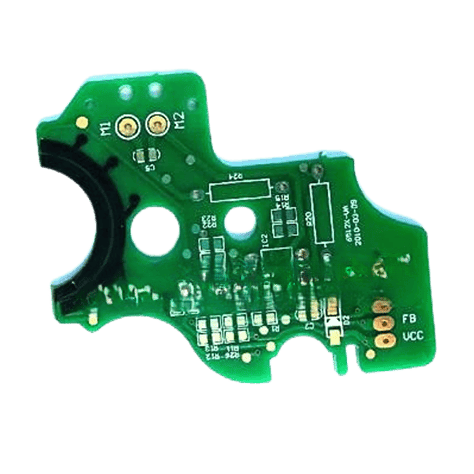
What Types of Metal Core PCBs does WellPCB Offer?
WellPCB fabricates all major metal core PCB configurations to support a wide range of thermal PCB applications. Each type is engineered to match specific thermal, electrical, and mechanical design requirements, from compact single-sided layouts to high-density multilayer stacks with advanced via structures.
Single-Sided MCPCB
This structure consists of five distinct layers: a solder mask, copper trace layer (1 to 2 oz), thermally conductive dielectric (100 to 200 μm), metal base (usually aluminum), and an optional insulating back membrane.
It offers a direct thermal path from the component side through the dielectric to the metal base, enabling rapid heat transfer. With no plated through-holes, it’s optimal for metal core PCB LED arrays, drivers, and low-complexity power circuits where components are mounted on a single side.

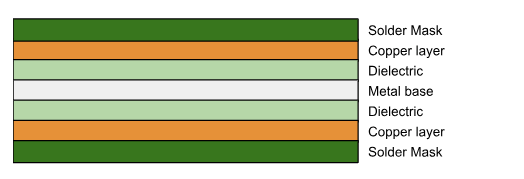
Double-Sided MCPCB
Double-sided designs feature a metal core between two copper circuit layers, separated by high thermal conductivity dielectric on each side (2.0 to 3.0 W/m·K). Through-hole plating is used for interconnects, enabling surface-mount and through-hole technology (SMT + THT).
This configuration supports denser layouts and heat spreading on both sides of the board, making it suitable for LED modules, motor controllers, and power conversion systems.
Multilayer MCPCB
Multilayer stacks integrate three or more copper layers with interleaved thermally conductive dielectric and a central or embedded metal core. The structure accommodates blind and buried vias, internal signal layers, and power/ground planes.
This architecture supports high-density interconnects and controlled impedance routing for use in automotive electronics, RF systems, and industrial high-power PCB assemblies where layered thermal management and signal integrity are required.
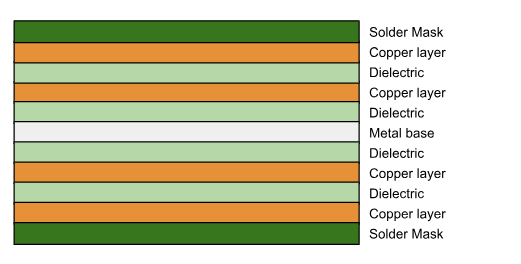
What is the Metal Core PCB Manufacturing Process?
The metal core PCB manufacturing process differs from FR4 fabrication in several key areas: the need for thermal interface control, isolation from the conductive base, and constrained drilling through rigid substrates.
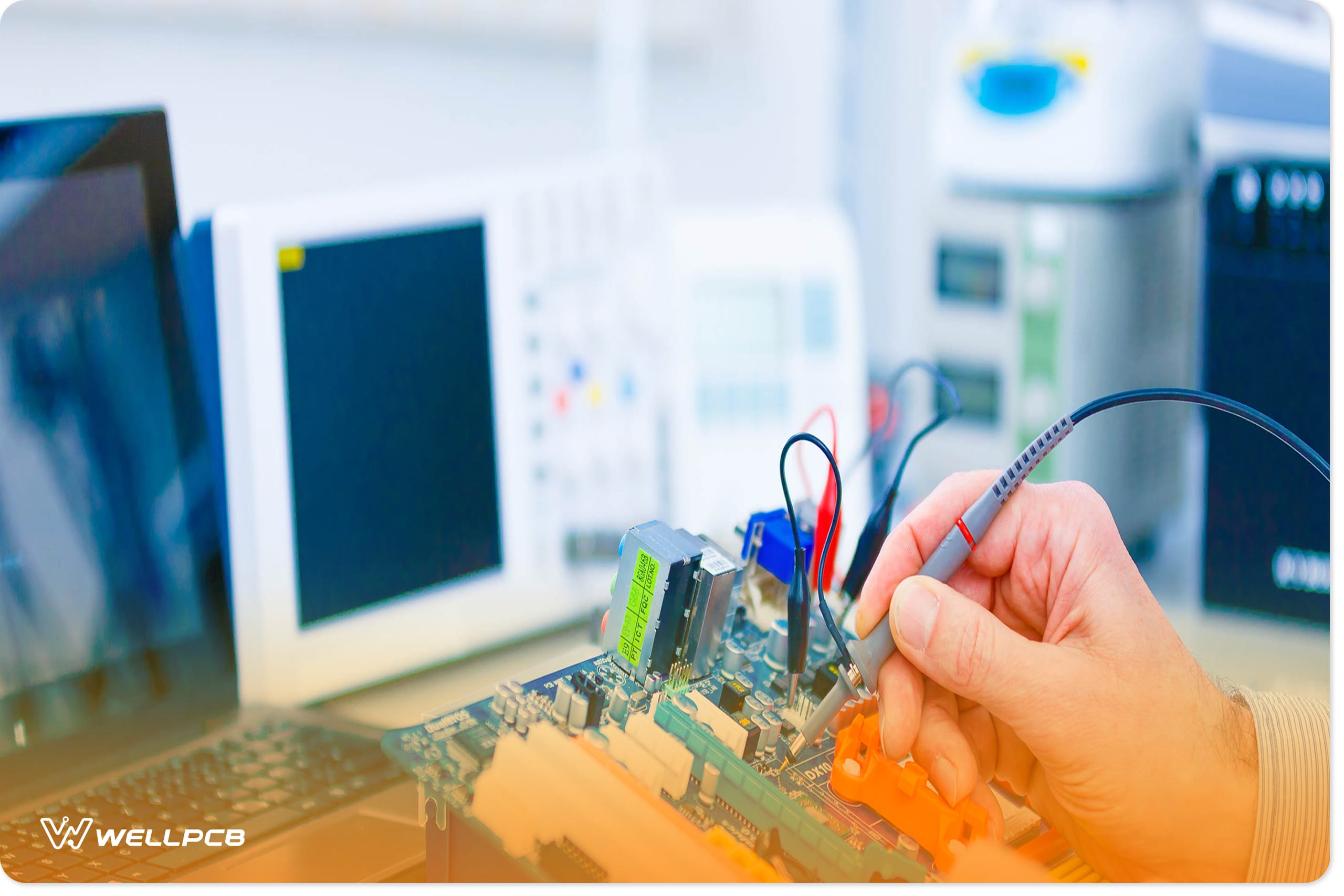
Design & Output
We begin by importing customer design data into CAM software to generate fabrication tooling, including Gerber layers, drill files, and impedance models.
Our DFM review checks dielectric thickness (±10 μm tolerance), pad/via clearance to the metal core (≥0.3 mm required), and verifies stack-up compatibility for heat-spreading efficiency and controlled Z-axis expansion.
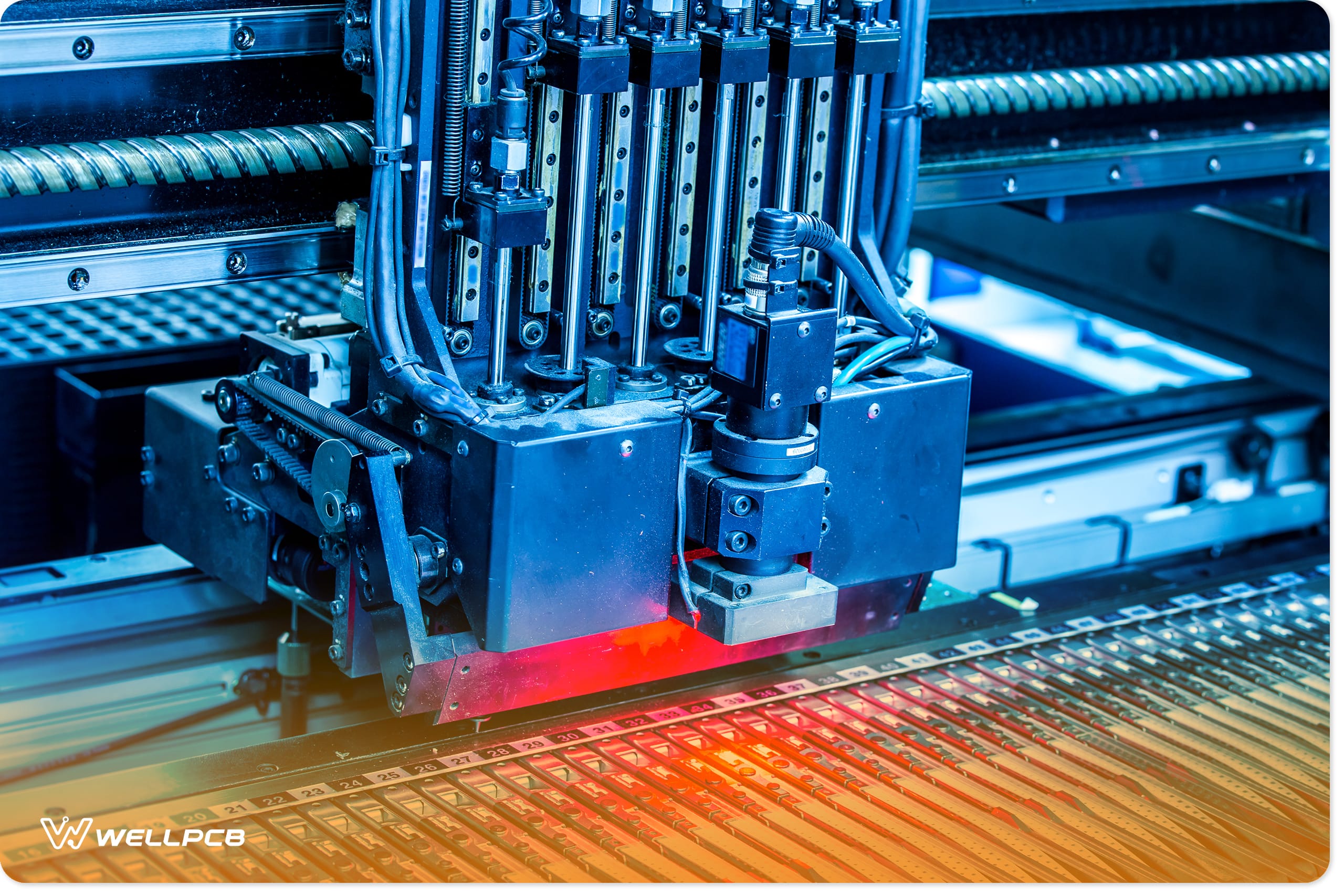
Film Printing
Phototools are laser-plotted at 25,000–50,000 DPI to achieve sub-50 μm trace precision. Dry film photoresist is laminated under 0.5 to 1.2 MPa pressure at ~110 °C.
Tension control and thermal stability during lamination are key to avoid shifting on thick-core substrates, especially those with core thicknesses above 2.4 mm.
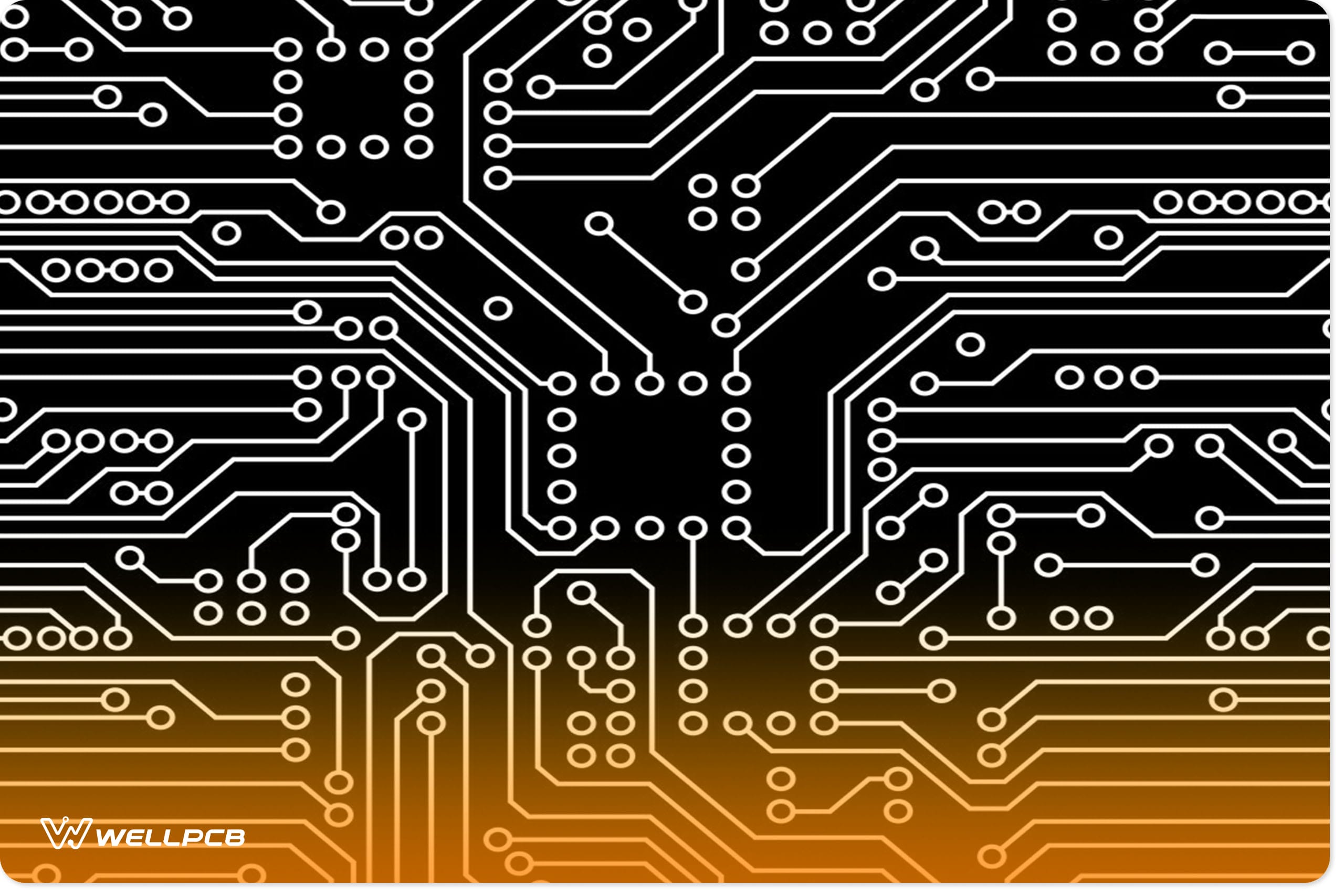
Image Transfer
Laminated panels are exposed to UV light at 365 to 405 nm to harden the photoresist on copper areas. Unexposed areas are removed during development.
Track width control is maintained within ±10%, with target copper surface roughness (Ra) between 1.0 and 1.5 μm to ensure reliable downstream bonding.
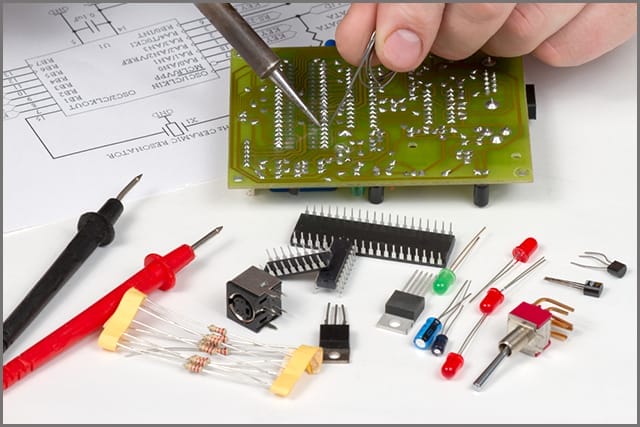
Etching
Etching is performed with acid-based or ammoniacal chemistries, depending on copper weight and line density.
Trace geometries down to 0.15 mm with 0.15 mm spacing are supported, with etch uniformity balanced through solution flow rate, dwell time, and copper surface area.
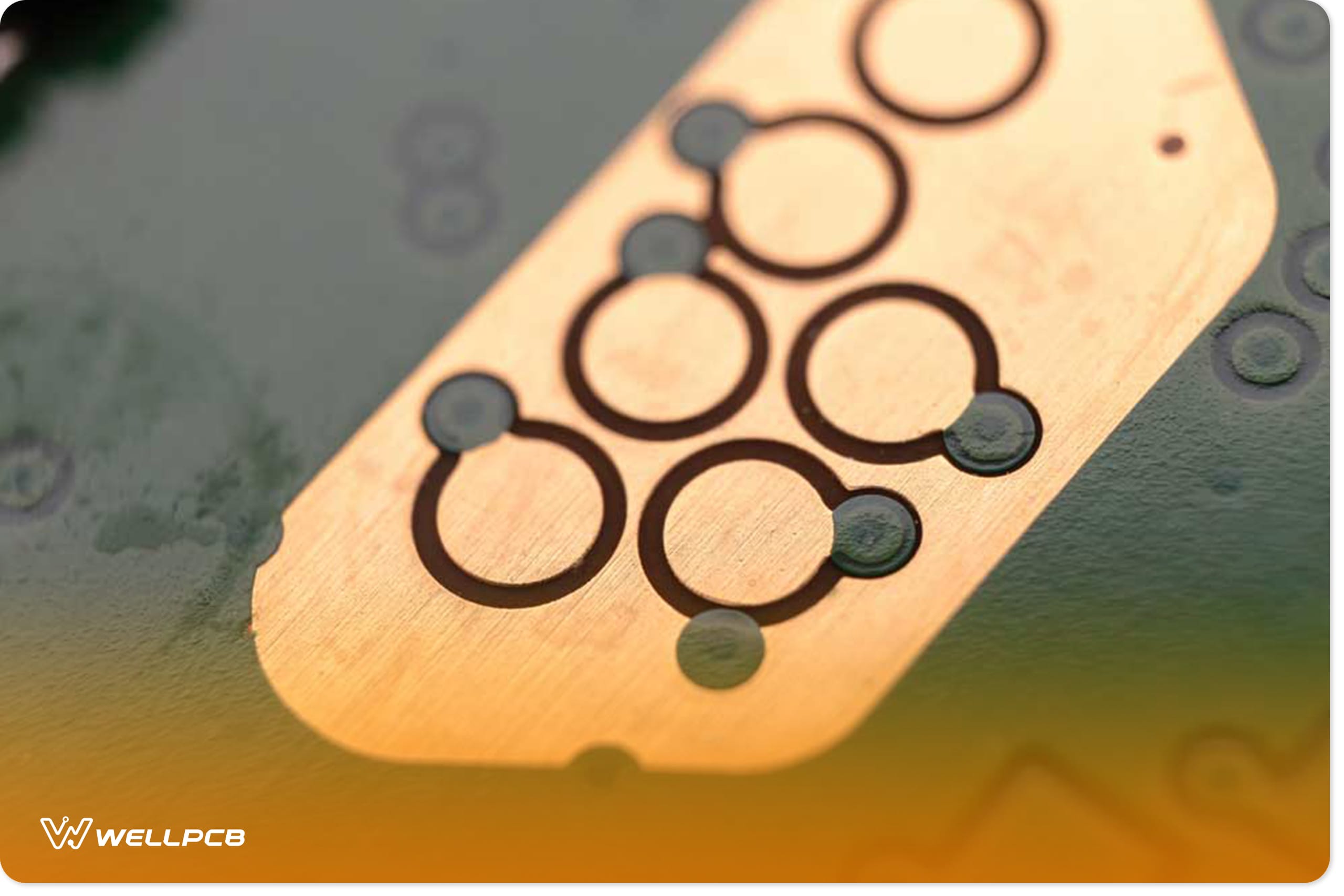
Drilling & Plating
Minimum hole diameters of 0.2 mm are supported, with copper plating thickness maintained at 25 to 30 μm using pulse current deposition.
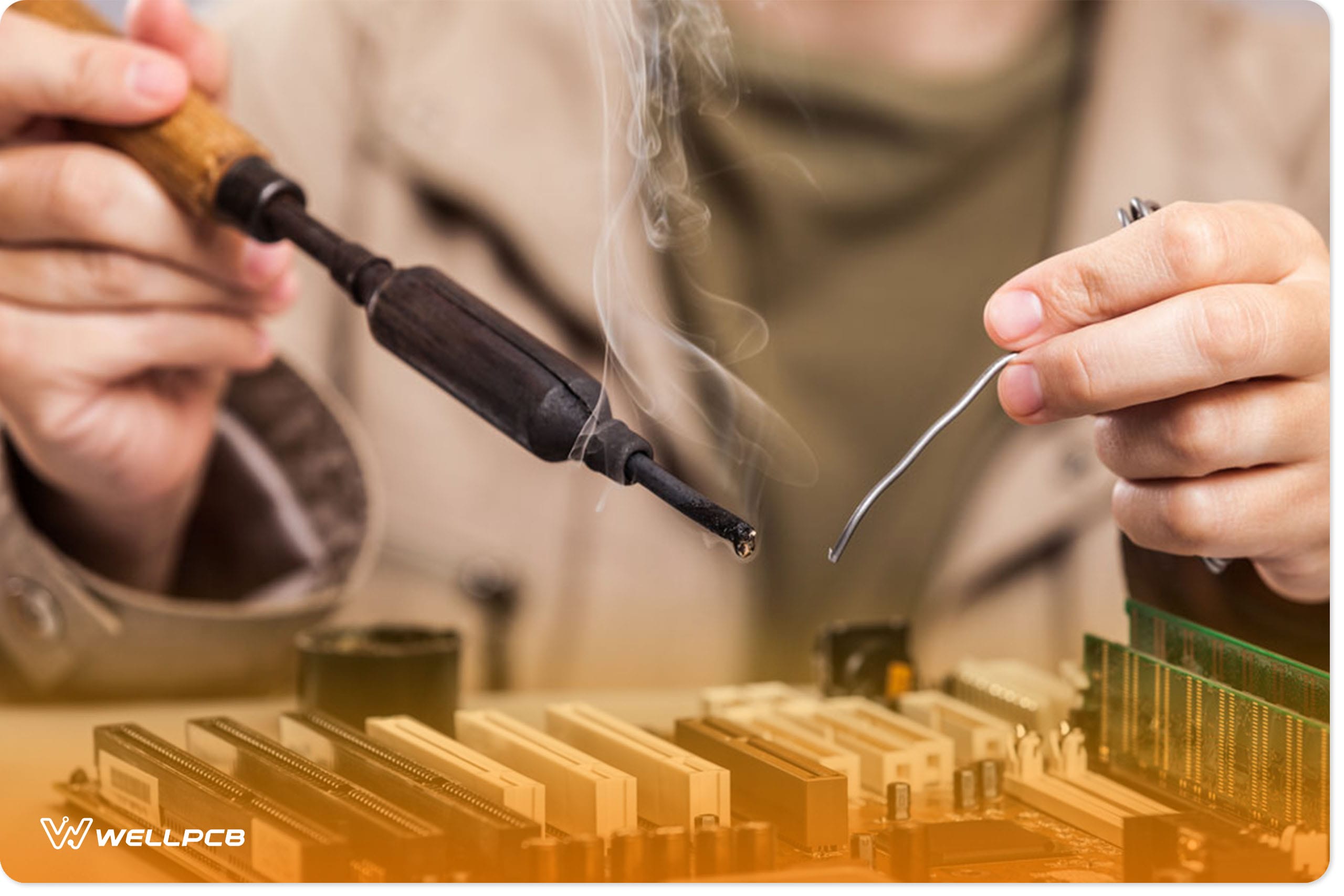
Solder Mask Application
Solder mask is applied by screen printing or spray coating, then UV and thermal cured. Thickness is maintained at 20 to 35 μm.
On single-sided MCPCBs, the solder mask is applied only to the component side to ensure clean dielectric exposure and avoid reflow issues.
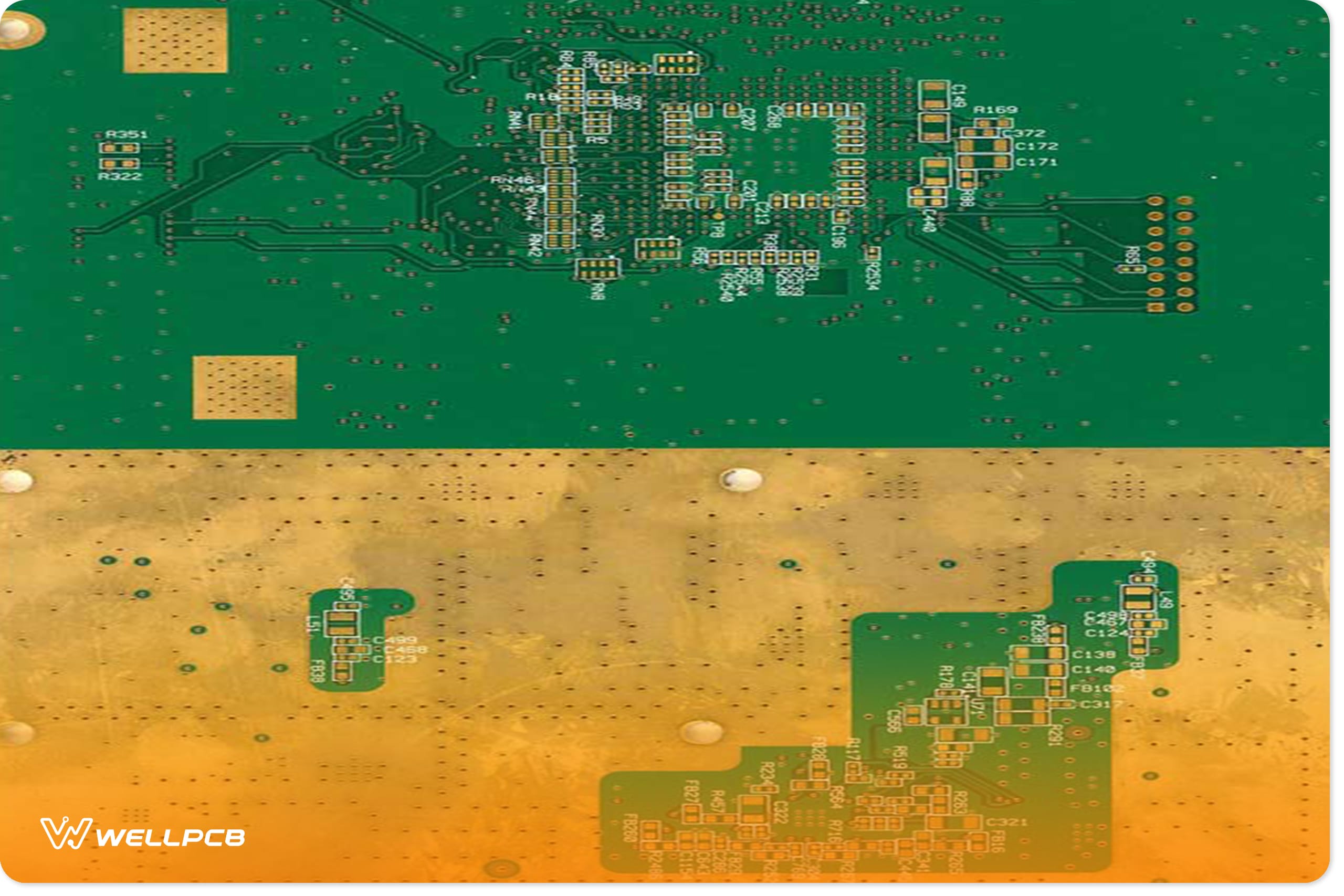
Surface Finishing
Surface treatments include ENIG (120 to 150 μin Ni / 2–5 μin Au), OSP (0.2 to 0.5 μm), and HASL.
Finish selection is based on the assembly process and pad metallization compatibility. Each finish is tested for thickness uniformity and wetting behavior.
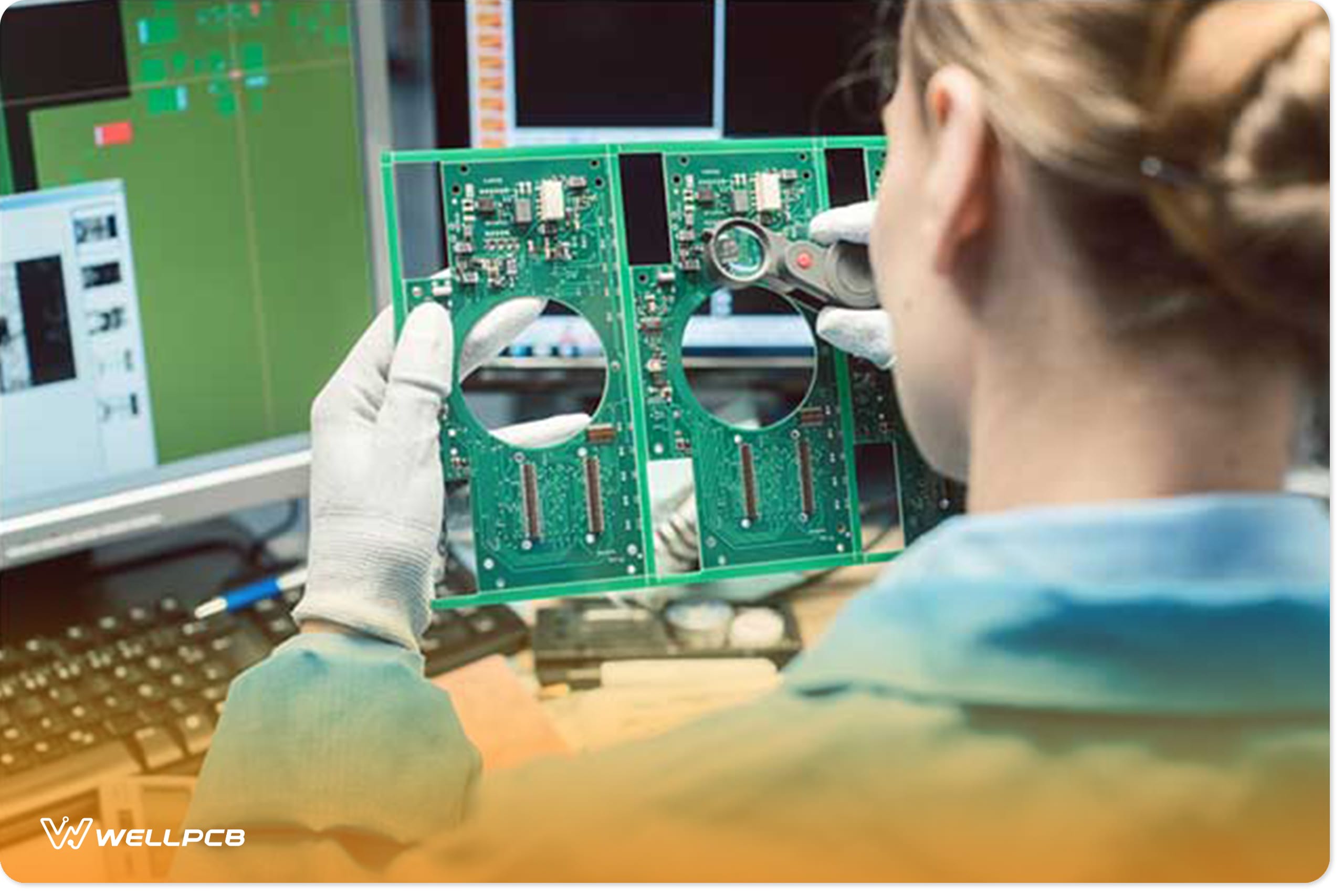
Inspection & Testing
Final inspection includes AOI, flying probe or fixture-based electrical testing, and X-ray verification of filled or insulated vias.
Impedance testing is performed where controlled line widths are specified. Dimensional conformity and flatness are verified to IPC-6012 guidelines.
Metal Core PCB Performance and Applications
Metal core PCBs improve heat transfer from components like LEDs through a thermally conductive dielectric and a solid metal base, reducing localized heat buildup. Their structure supports better thermal expansion control than FR4 and offers increased mechanical durability due to the rigidity of aluminum or copper substrates.
These properties make MCPCBs suitable for high-intensity applications, including LED lighting, power supplies, converters, amplifiers, motor drives, RF modules, and computing power systems.
How do Metal Core PCBs Compare to FR4 PCBs?
While both MCPCBs and FR4 PCBs serve as foundational substrates for electronic assemblies, their construction, thermal properties, and processing requirements differ significantly.
Metal core PCBs use a conductive metal base and thermally conductive dielectric, enabling efficient heat transfer and mechanical rigidity, whereas FR4 boards rely on woven fiberglass and epoxy resin, offering greater flexibility in thickness and design but limited thermal performance.
| Aspect | Metal Core PCBs | FR4 PCBs |
|---|---|---|
| Thermal Conductivity | High (1.0W to 4.0W) | Low (~0.3W) |
| Plated Through Holes | Not available for 1-layer MCPCBs | Available in all PCBs |
| Solder Mask | Only white color, typically on the top side | Various colors, available on both sides |
| Machining Process | Requires diamond-coated saw blades for V-scoring | Standard machining processes |
| Thermal Relief | Uses metal core for heat transfer, no vias required | Requires vias and additional processes |
| Thickness Variations | Limited variations | Wide range of thickness options |
MCPCBs are suited for high-temperature and high-power applications where managing heat buildup and maintaining stable operating conditions are important for reliable function.
How to Order Your Metal Core
PCB in 5 Easy Steps

Submit Your PCB Design
Upload your Gerber files or use our easy online PCB design tool to create your board layout. Make sure your files are complete and correctly formatted to ensure smooth processing and production accuracy.

Select Your PCB Specifications
Customize your order by choosing the technical specifications—number of layers, board dimensions, thickness, copper weight, solder mask color, surface finish, and more. Our intuitive interface helps you configure everything based on your project’s needs.

Get an Instant Quote
Once your design and specs are in place, you'll receive a transparent, instant quote. Pricing updates in real time as you modify options, so you can adjust your selections to match your budget before placing the order.

Confirm Order & Make Payment
Review your entire order for accuracy, including file previews and selected specs. After confirmation, proceed to secure checkout and choose your preferred payment method. You’ll receive an email confirmation with order details.

Production & Delivery
Your PCB moves into production immediately. We’ll keep you updated throughout the manufacturing process. Once completed, your boards are carefully packed and shipped to your door, with tracking information provided for your convenience.
WellPCB is trusted by millions of
businesses and innovators.
























Why Choose WellPCB?
WellPCB stands out among USA PCB manufacturers by delivering superior quality, advanced solutions, and unmatched reliability. With years of experience serving global markets, WellPCB has earned a reputation as one of the top PCB manufacturers in USA.
WellPCB specializes in multilayer PCBs for advanced electronic applications. You can order these boards with $100 off using our special offer, providing high complexity at competitive rates for demanding projects.
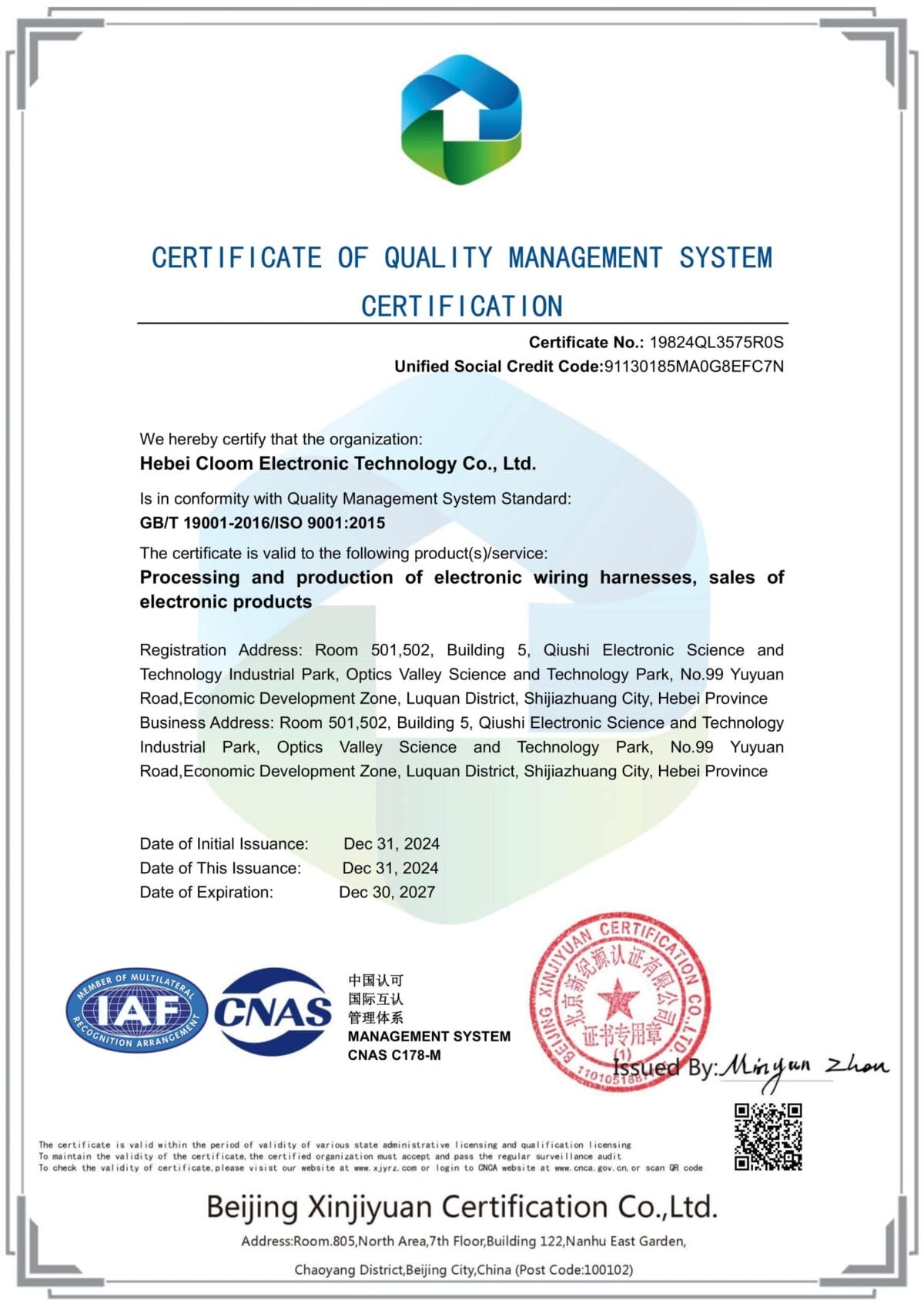
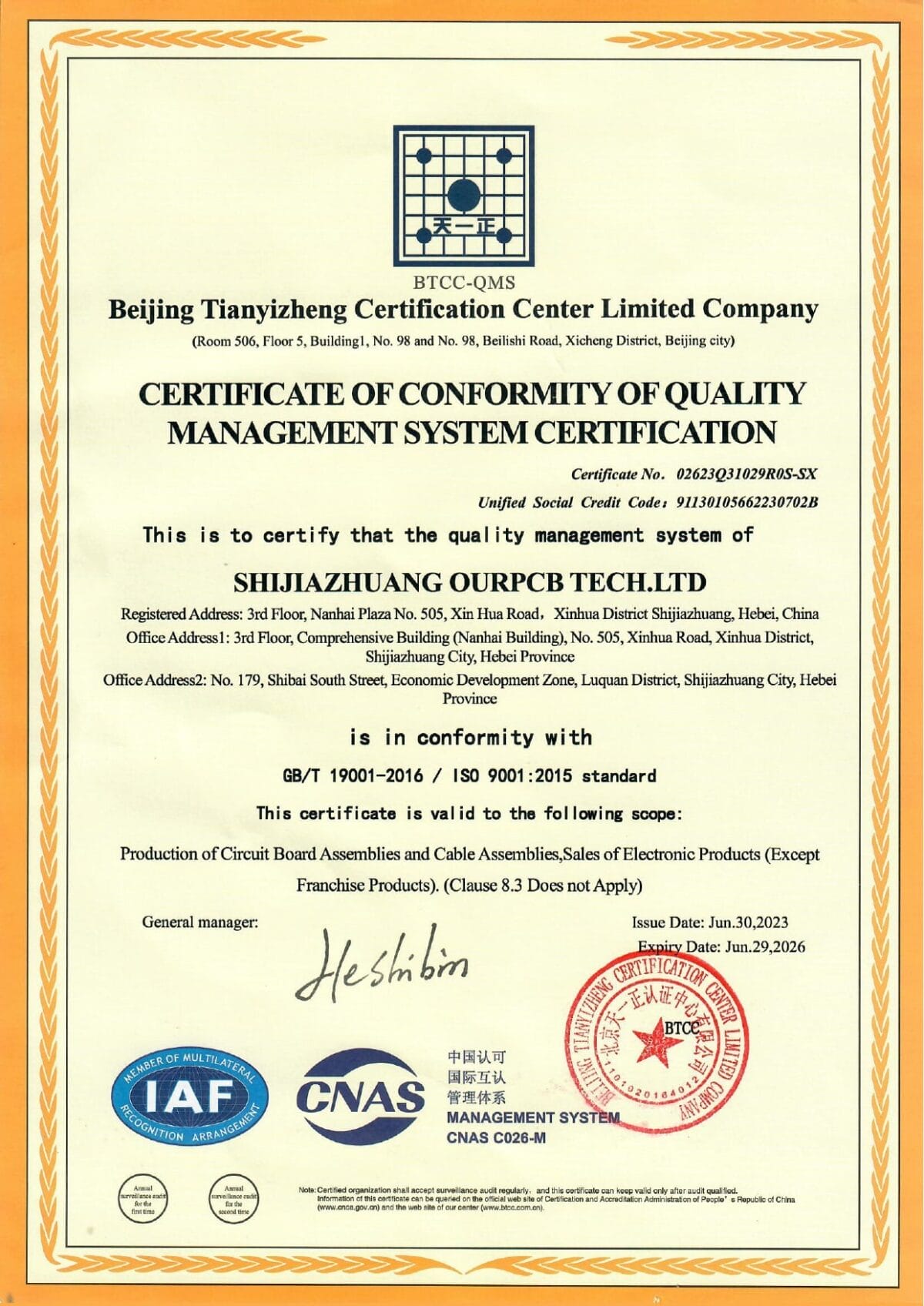
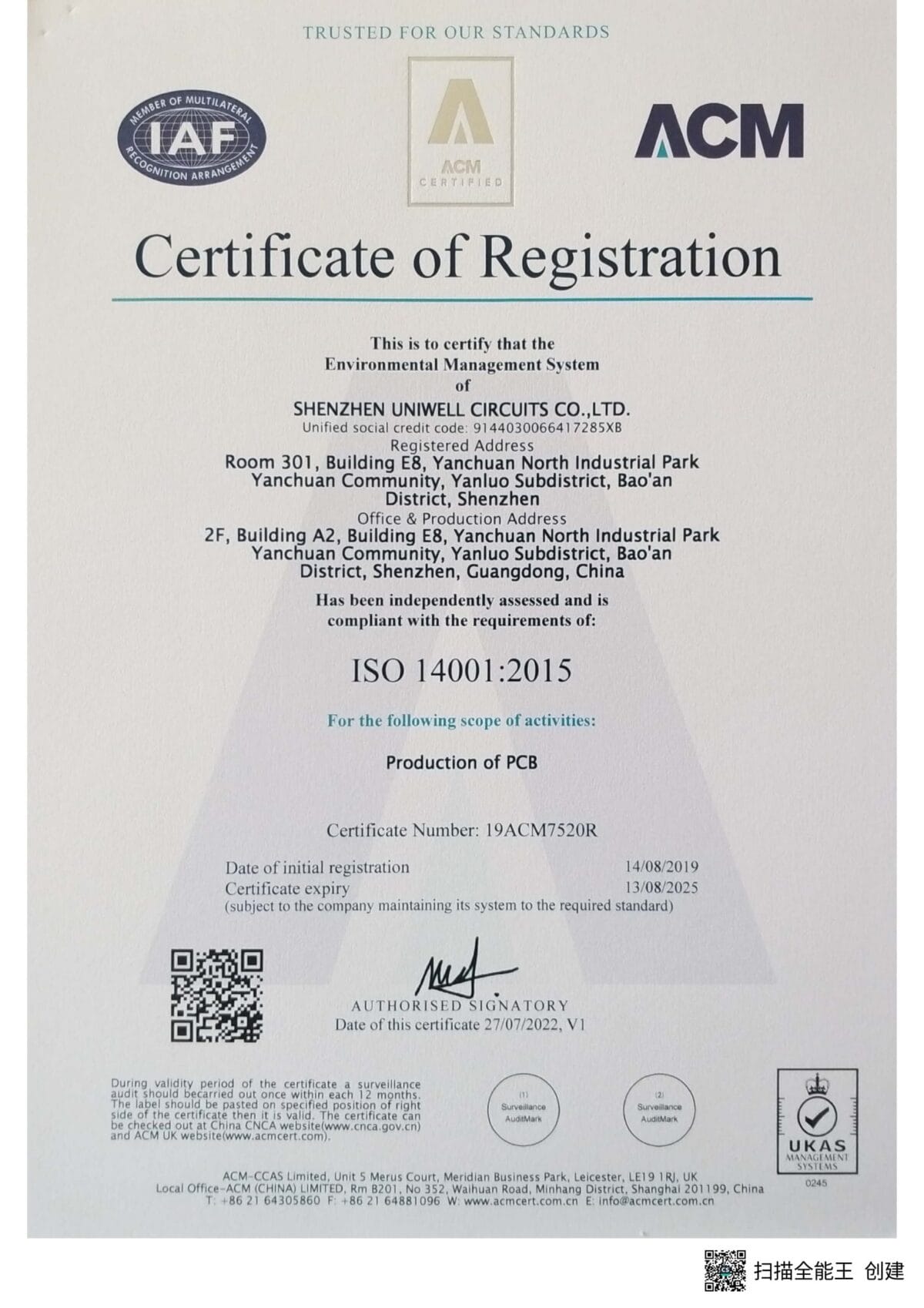
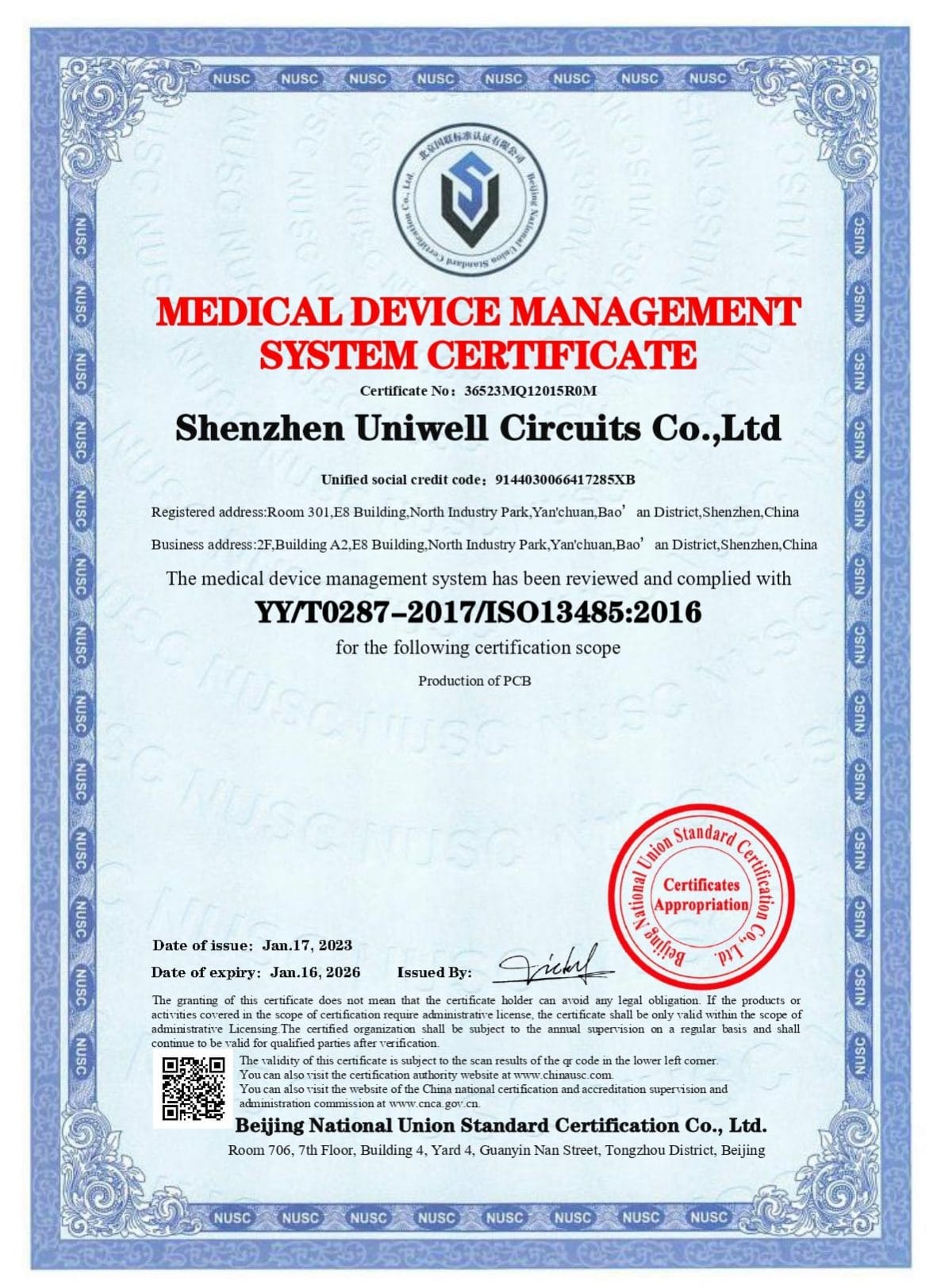
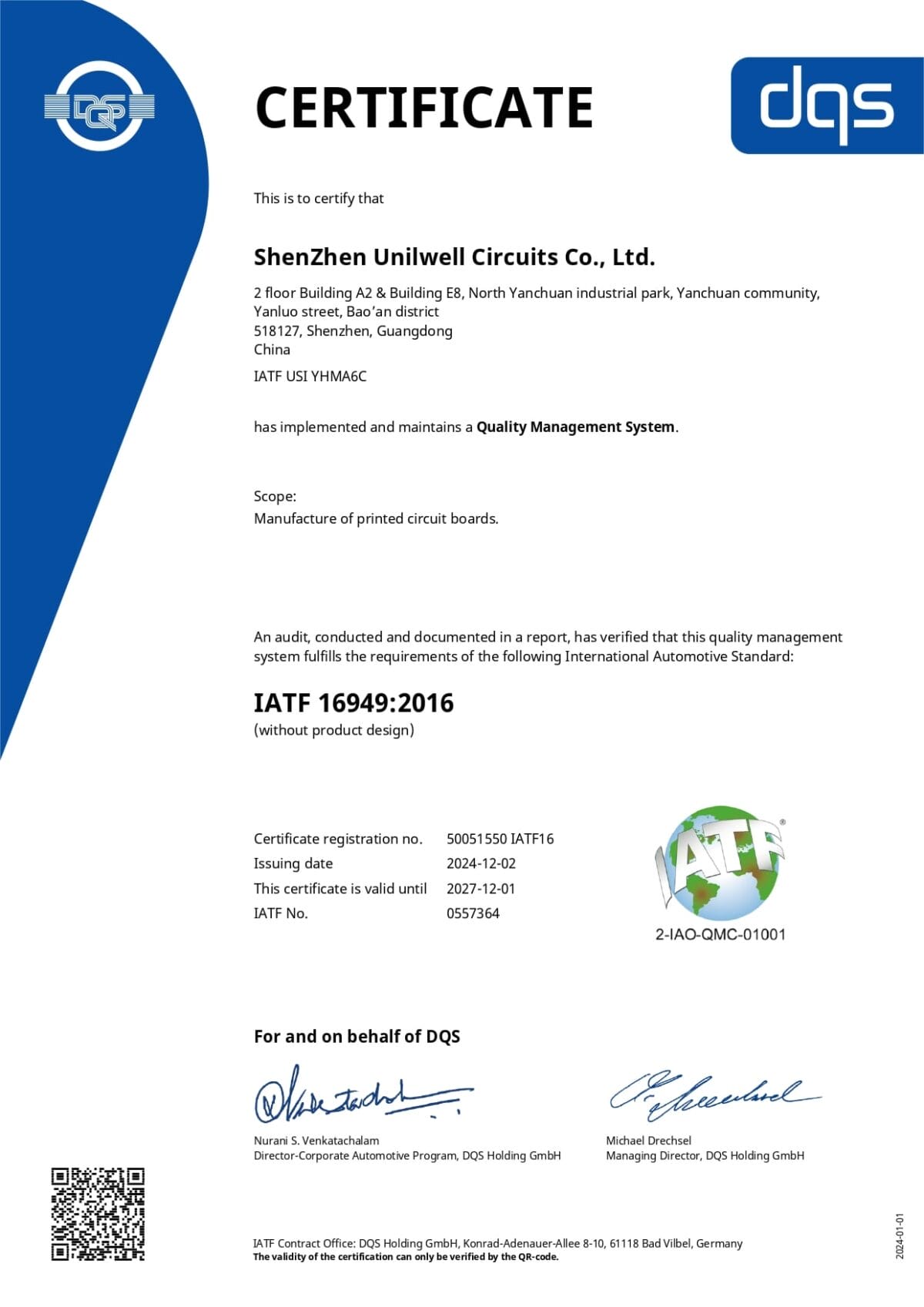
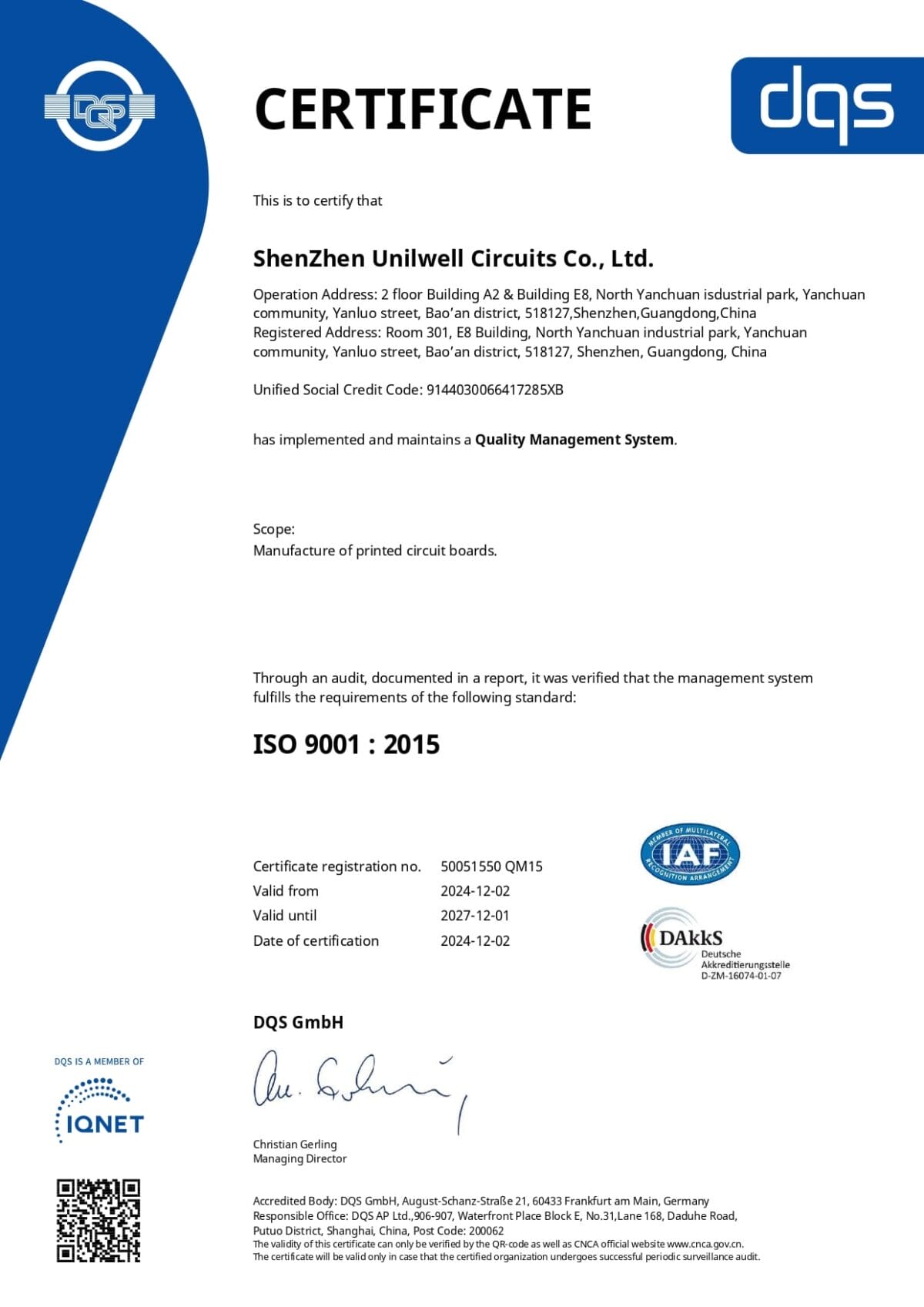



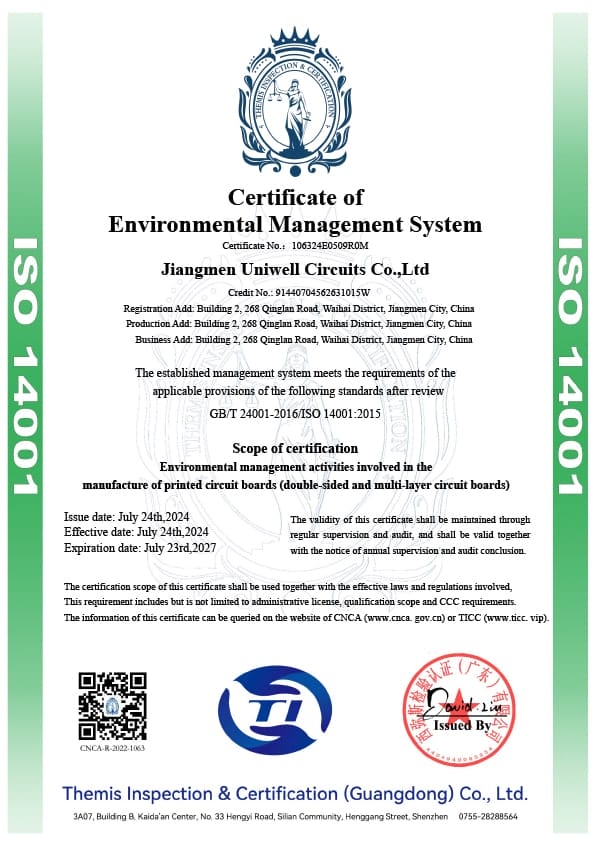
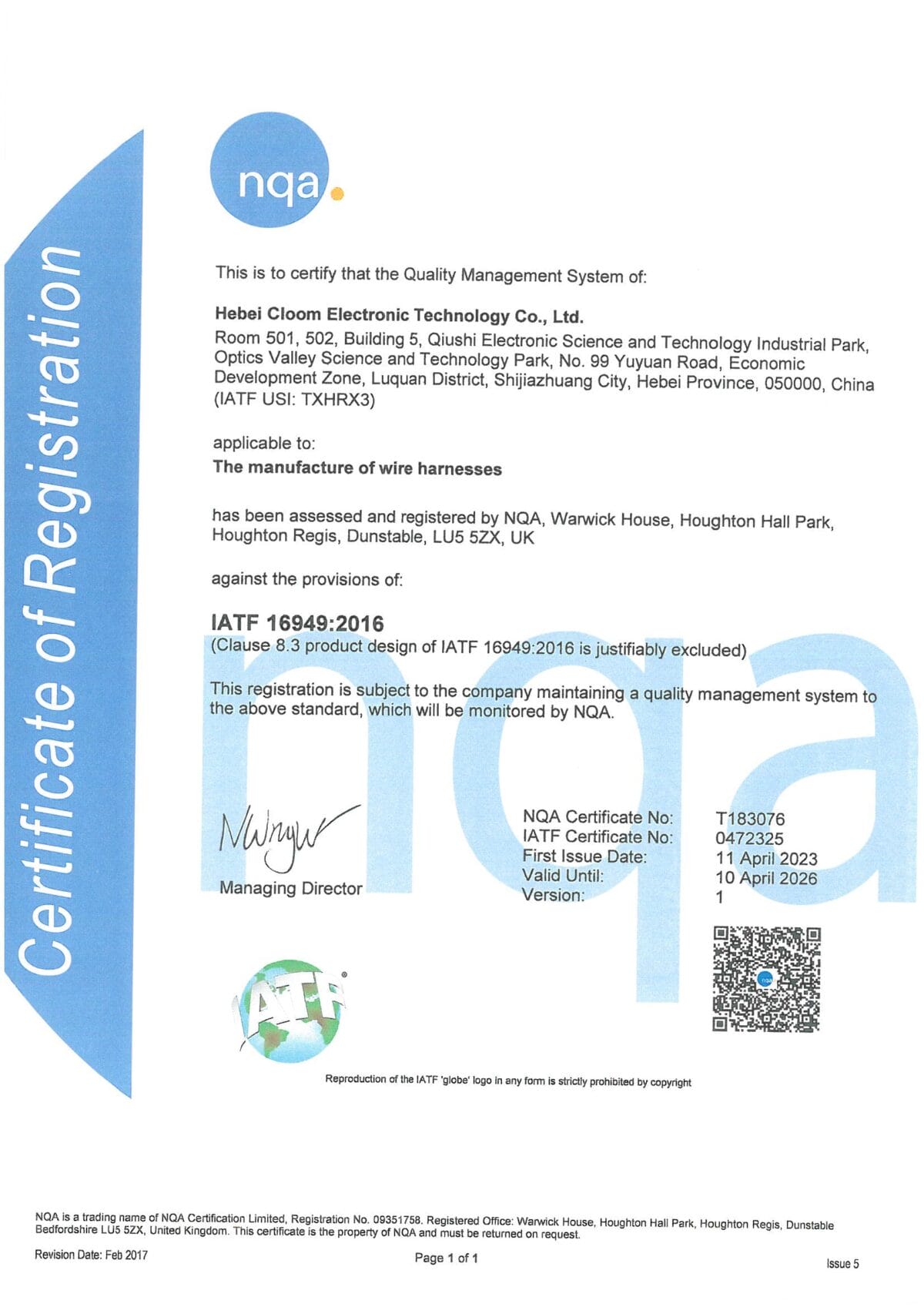

Hommer Zhao
Founder and Chief Editor – Hommer Zhao
Welcome! I’m Hommer Zhao, the founder and Chief Editor of WellPCB. With years of experience in the PCB industry, I’m committed to making sure our content is both accurate and helpful. We’re proud to serve a growing community of over 4,000 customers worldwide, and our goal is to provide you with the best resources and support. Your satisfaction is our top priority, and we’re here to help you every step of the way!

Jesse Holland
Technical Manager – Jesse Holland
Hi, I’m Jesse Holland, an Engineer and Technical Manager at WellPCB. With years of experience in PCB design and engineering, I’m here to ensure that every project we work on meets the highest technical standards. I lead our team, focusing on precision and innovation, collaborating closely with clients to provide tailored solutions and expert guidance. Whether you’re facing a complex design challenge or need advice on technical aspects, I’m here to ensure your project is a success from start to finish.

Nathan Jensen
Purchasing Manager – Nathan Jensen
Hi, I’m Nathan Jenson, the Purchasing Manager at WellPCB. I’m responsible for sourcing the best materials and components to ensure our products meet the highest quality standards. With my extensive experience in procurement, I work closely with suppliers to secure reliable and cost-effective solutions while maintaining strong relationships to support our operations. I aim to ensure every project runs smoothly by providing the resources needed to deliver on time and to your satisfaction.

Emma
Sales Manager – Emma
Hey, I am Emma, sales manager at WellPCB. I studied electronic science and technology at university and have served customers for PCB and PCB Assembly service for several years.
I enjoy communicating with customers and our technicians to solve problems, and customers always say, "It's great to have you onboard".
It is my pleasure and honour to be helpful. Contact me now, and you'll know.

Bella and Cassiel
Sales Representatives – Bella and Cassiel
We’re Bella and Cassiel, your dedicated sales representatives at WellPCB. With our extensive knowledge of the PCB industry, we’re here to provide exceptional service and support. We take the time to understand your unique needs and are always ready to offer tailored solutions and advice. Whether you need product recommendations, assistance with your orders, or simply have a question, we’re here to ensure your experience is smooth and seamless at every step.

Mandy and Wendy
Sales Representatives – Mandy and Wendy
We’re Mandy and Wendy, your friendly sales representatives at WellPCB. Passionate about helping our customers, we bring a wealth of experience in the PCB industry to provide you with the best solutions and service. We take pride in building strong relationships with our clients, understanding their specific needs, and offering personalised support to ensure their satisfaction. Whether you’re looking for advice, product information, or assistance with any part of your order, we’re here to make your experience as smooth and efficient as possible.
Our Team
Our skilled engineers and technicians bring expertise and precision to every PCB assembly project. Committed to quality, efficiency, and innovation, our team ensures every order meets the highest UL, IPC, ROHS & REACH standards, delivering reliable solutions tailored to your needs.
- Founder and Chief Editor – Hommer Zhao
- Technical Manager – Jesse Holland
- Purchasing Manager – Nathan Jensen
- Sales Manager – Emma
- Sales Representatives – Bella and Cassiel
- Sales Representatives – Mandy and Wendy
Metal Core PCB Case Studies

Case Study
This single-layer aluminum PCB is built to support high thermal conductivity, mechanical stability, and efficient power handling, ideal for LED lighting systems, power modules, and industrial drivers. With a 1.0mm aluminum core and 70μm copper, it ensures superior heat dissipation and durability.
Product Specifications:
- PCB Type: 3W Aluminum PCB (Metal Core PCB)
- Layer Count: 1 (Single-sided)
- Total Thickness: 1.05 mm
- Core Material: Aluminum base, 1.0 mm
- Copper Thickness: 70 μm (2 oz)
- Surface Finish: Lead-Free HASL (LF HASL)
- Minimum Line Width/Spacing: 20 mil (0.508 mm)
- Thermal Conductivity: Typically 2–3 W/m·K (material-dependent)
- Application: Power modules, LED lighting, automotive
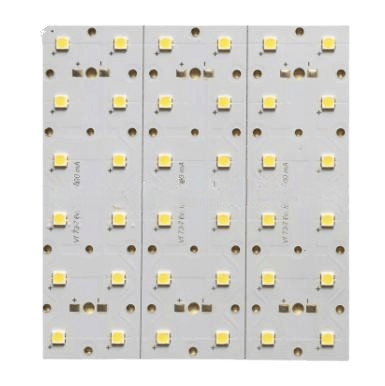
Case Study
This single-layer copper-based PCB is engineered for LED lighting applications that demand excellent thermal performance, electrical insulation, and durability. With 2 oz copper, OSP surface finish, and high dielectric strength, it delivers both power efficiency and reliable thermal management in compact lighting systems.
Product Specifications:
- Base Material: Copper base with FR-4 / Aluminum / Ceramic / CEM-3 dielectric options
- Layer Count: 1 Layer (Single-sided)
- Copper Thickness: 2 oz (70 μm)
- Finished Board Thickness: 1.6 mm
- Solder Mask Color: White LPI (Liquid Photo Imageable)
- Legend/Silkscreen: Black
- Surface Finis: OSP (Organic Solderability Preservative)
- Thermal Conductivity: 2 W/m·K
- Breakdown Voltage (Dielectric Layer): ≥ 4KV
- Profile / Cutting: CNC Routing + V-Cut
- Application Area: LED Lighting (bulbs, strips, automotive, high-bay lights)
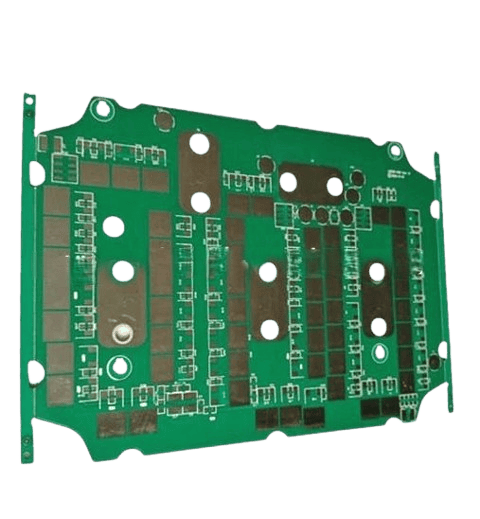
Case Study
This single-layer aluminum base PCB is designed to deliver reliable thermal management, high-density routing, and cost-effective performance. With 1000+ test points, fine-pitch resolution, and a robust 1.6 mm aluminum base, it's ideal for applications such as LED modules, power drivers, and industrial electronics where heat dissipation and signal reliability are critical.
Product Specifications:
- Layer Count: 1 (Single-sided)
- Base Material: Aluminum
- Board Thickness: 1.6 mm
- Copper Thickness: 35 μm (1 oz)
- Minimum Hole Diameter: 0.2 mm
- Minimum Line Width / Spacing: 4 mil / 4 mil (0.1 mm / 0.1 mm)
- Solder Mask Color: Green
- Silkscreen Color: Black
- Surface Finish: HASL (Hot Air Solder Leveling)
- Testing Points: 1000+
Metal Core PCB Client Feedback
As an R&D manager, I have had an outstanding experience working with WELL-PCB. For many years, our company has entrusted them with the production, assembly, and programming of the boards developed in our R&D unit, and they have consistently exceeded our expectations.
Hamid Reza Moshayedi
R&D Manager
Their work is very impressively perfect. Today, when they check our company PCB board after assemble. They found a fake short point which many engineers has never found in the past years. But that is just designed so. The PCB board quality is excellent. Their service is also excellent.
MikeZ
My friend introduced WellPCB to me, the first try, a little look forward to. I ordered a 47*72 10ps PCB, and I can’t wait to receive my PCB. So I used expedited service and received my PCB in three days. I tested and soldered the PCB, Quality is really good, silkscreen, plating also great.
Warren Cliton
Metal Core PCB Manufacturer FAQs
What must be considered when manufacturing metal core PCBs?
Effective metal core PCB manufacturing starts with a well-structured design. The layer stack must define the metal core type (aluminum or copper), dielectric thickness (50 to 150 μm), and copper weight (1 to 10 oz) to balance thermal and electrical performance. For designs with plated through-holes, holes near the metal base require insulation before copper plating to prevent shorts.
Material thickness, especially in cores over 2.0 mm, affects heat spreading and increases drilling difficulty. Surface finish selection should match assembly methods and pad requirements. Designers must also account for thermal conductivity, expansion behavior, and impedance constraints tied to high-speed signals or RF paths.
Can I use PTH in MCPCBs?
Yes, plated through-holes (PTH) can be used in metal core PCBs, but only in specific structures such as double-sided or multilayer MCPCBs. In these designs, the metal core is typically located between two dielectric layers, allowing vias to pass through without contacting the conductive core.
When a via intersects the metal base, it must be insulated, either by applying a dielectric sleeve, resin fill, or via isolation layer, before copper plating. This prevents electrical shorting between the plated hole and the core. Hole diameters typically start at 0.2 mm, with positional tolerance around ±0.05 mm. Proper via clearance from the metal core (usually ≥0.3 mm) is essential to maintain electrical isolation and structural integrity.
Can metal core PCBs be used in high-frequency applications?
Yes, MCPCBs can support high-frequency PCB designs, particularly when combined with low-loss dielectric materials and controlled-impedance routing.
While standard MCPCB dielectric layers have moderate Dk/Df values, hybrid builds using metal-backed RF laminates (e.g. Rogers on aluminum) enable RF performance with integrated heat dissipation. Proper stack-up planning and trace width control are essential to maintain impedance tolerance across temperature ranges.
What are your certifications as a metal core PCB manufacturer?
WellPCB is certified to IATF 16949:2016, ISO 9001:2015, ISO 14001:2015, and ISO 13485:2016, reflecting our capability to support automotive, industrial, environmental, and medical applications.
All metal core PCBs are UL certified and manufactured in compliance with IPC-6012 and RoHS standards, ensuring traceability, material safety, and process consistency across every build.
Reliable Metal Core PCB Manufacturer for Thermal-Optimized Circuit Boards
WellPCB delivers metal core PCBs engineered for stable thermal performance, mechanical strength, and manufacturability. Start your project with precision-built boards and save on your first order.





